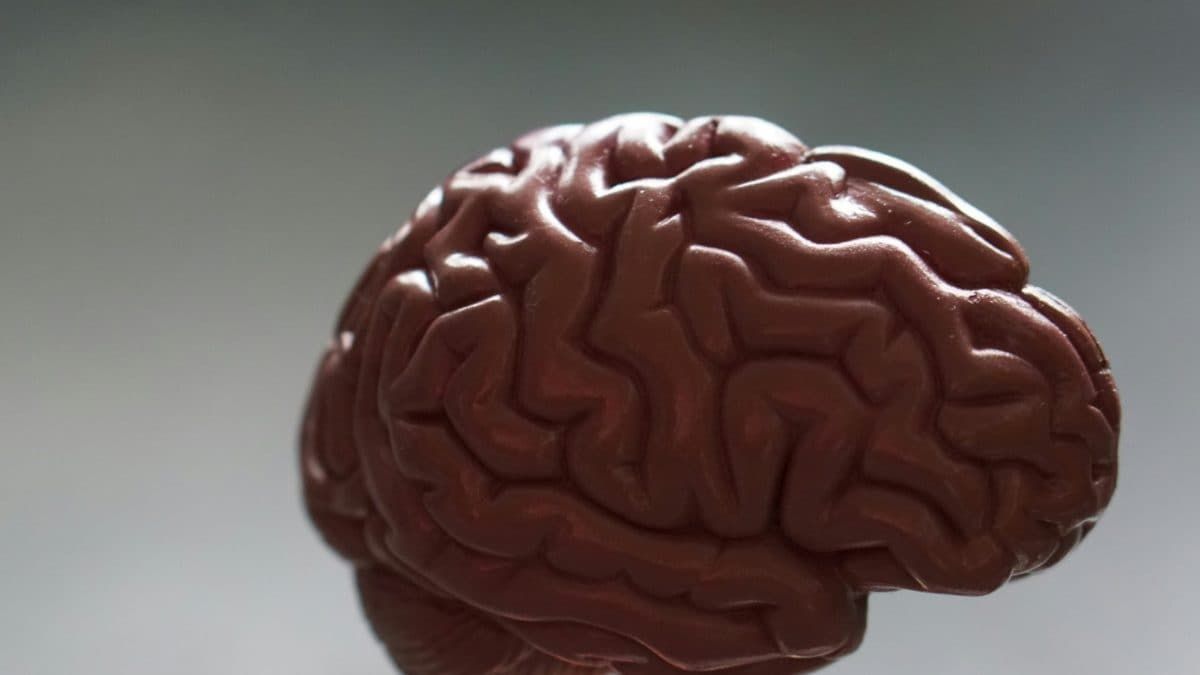While it is not always possible to prevent brain tumors, adopting a healthy lifestyle, being aware of potential risk factors, and taking proactive steps can help reduce the likelihood of developing these tumors and promote overall well-being.
Brain cancers can be divided into primary and secondary. Primary cancers arise within the structure of the central nervous system and secondary cancers spread to the central nervous system from cancers that arise in other parts of the human body.
Brain cancers, in simple terms, refer to the excessive multiplication of cancer cells in the central nervous system (CNS), i.e. the brain, spinal cord, and the covering layers (meninges). Broadly speaking, we divide brain cancers into primary and secondary. Primary cancers arise within the structure of the CNS, and secondary cancers spread to the CNS from cancers arising in other parts of the human body.
Primary brain cancers are classified based on the cell of origin. Dr Imran Khan, Associate Consultant, Medical Oncology, Fortis Escorts, Okhla Road, New Delhi, discusses some important facts about these types.
Glioblastoma arises from special brain cells called glial cells. Glial cells help provide nutrition and support to brain cells. Glial cell tumors are often aggressive. They may begin in the brain or spinal cord and then quickly form finger-like projections, spread, and destroy surrounding healthy brain tissue. The patient typically complains of severe headaches, seizures, body weakness, vomiting, double vision, forgetfulness, etc.
Meningiomas originate in the layers of the nervous system (meninges) or the membranes that surround and protect the brain and spinal cord. Most meningiomas are benign (non-cancerous) and only in very rare cases can they become malignant (cancerous) and be fatal to patients. Fortunately, meningiomas grow very slowly, so they go unnoticed for years and cause symptoms that do not go away, such as headaches, cognitive disabilities, etc.
Ependymoma arises from ependymal cells. These cells produce cerebrospinal fluid that protects the brain and spinal cord. Ependymoma presents with headaches, nausea, vomiting, and dizziness. Ependymoma of the spine may present with back pain, numbness, and sexual, urinary, or bowel problems.
Germ cell brain tumors are rare brain tumors that account for 2-3% of all primary intracranial tumors. They develop in the pineal or suprasellar region of the brain. These tumors may spread to other sites in the brain, spine, and cerebrospinal fluid. They are further classified into germinomas and nongerminomatous germ cell tumors. Nongerminomatous germ cell tumors occur more frequently in the Asian population and are more common in men, with significantly higher rates in the pineal region.
Medulloblastoma develops in the cerebellum and is most common in children. It presents with morning headaches, double vision, difficulty standing, loss of appetite and behavioral changes.
Central nervous system (CNS) lymphomas arise from the lymphatic tissue of the brain. They may be primary, when they originate in the CNS, or secondary, when they spread from other parts of the body. The usual presentation is confusion, weakness, difficulty speaking, headaches, and increased forgetfulness.
Schwannomas arise from Schwann cells. These cells surround and insulate cranial nerves. Schwannomas are slow-growing tumors. Symptoms include hearing and balance loss or weakness, sensory loss, and bowel and bladder problems.
In general, diagnosed brain cancers are best detected by magnetic resonance imaging (MRI). In certain situations, a brain biopsy is necessary to determine the types of tumors. Other tests help us determine family risk.
Dr. Khan shares possible treatment options:
• Brain surgery to remove the tumor.
• Gamma Knife surgery is a painless form of computer-guided radiation therapy. This treatment delivers highly concentrated beams of energy to tumors or lesions in the brain and upper spine.
• Radiotherapy: In this type of treatment, high doses of X-rays destroy brain tumor cells or cause the tumor to shrink.
• Chemotherapy: The anticancer drugs used in this therapy destroy cancer cells in the brain and other parts of the body.
• Targeted therapy: Drugs target particular characteristics of cancer cells without endangering healthy cells.












